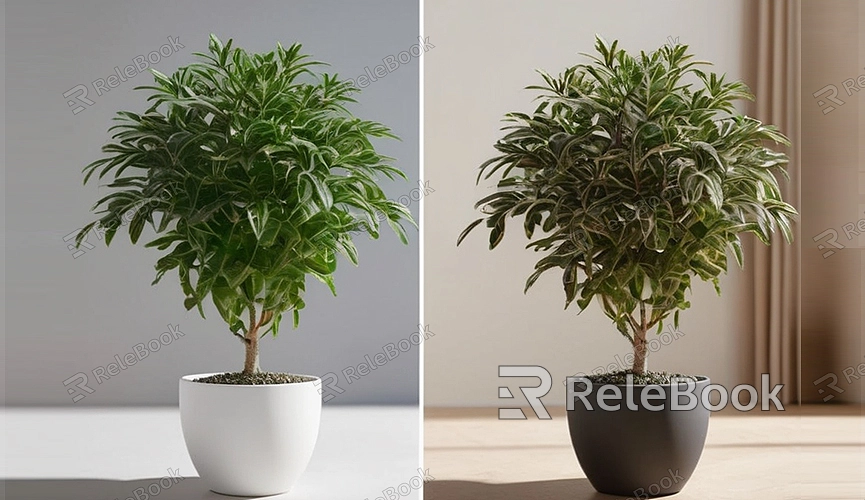Can You Turn a Photo into a 3D Model?
In today's digital age, 3D modeling technology has become increasingly widespread. Whether for game development, animation production, or industrial design, 3D models have a wide range of applications. So, can you turn a regular photo into a 3D model? The answer is yes. This article will explain how to convert a photo into a 3D model, along with some common methods and tools.
Why Convert Photos into 3D Models?
There are many practical applications for converting photos into 3D models, such as:
1. Games and Animation: To create more realistic characters and scenes.
2. Industrial Design: To help designers better showcase the appearance and functionality of products.
3. Virtual Reality (VR) and Augmented Reality (AR): To provide a realistic visual experience.
4. Medical Imaging: To create accurate anatomical models that assist doctors in diagnosis and surgical planning.
Methods to Convert Photos into 3D Models

1. Photogrammetry
Photogrammetry is a technique that stitches multiple photos together to generate a 3D model. Here are the steps:
1. Take Multiple Photos: Capture multiple photos around the object, ensuring comprehensive coverage from different angles.
2. Import Photos into Software: Load the photos into photogrammetry software such as Agisoft Metashape or RealityCapture.
3. Generate Point Cloud: The software will automatically detect feature points in the photos and generate a sparse point cloud.
4. Create Mesh: Generate a triangular mesh based on the point cloud.
5. Texture Mapping: Map the color information from the photos onto the 3D model's surface to generate textures.
2. Deep Learning Methods
Using deep learning techniques, you can convert a single photo into a 3D model. Here are the steps:
1. Prepare Data: Collect a large dataset of 2D photos and their corresponding 3D models for training.
2. Train the Model: Use deep learning frameworks like TensorFlow or PyTorch to train a neural network that can generate 3D models from 2D photos.
3. Generate 3D Model: Input the photo into the trained model to output a 3D model.
This method requires extensive data and computational resources but may offer advantages in certain applications.
3. Using Specialized Tools
There are many specialized tools and applications available to help you convert photos into 3D models, such as:
- Autodesk ReCap: Suitable for engineering and architecture, capable of generating 3D models from photos and laser scan data.
- 3DF Zephyr: Can generate high-quality 3D models from photos and supports exporting in various file formats.
- Meshroom: Open-source software ideal for individuals and small teams, powerful and free to use.
Step-by-Step Instructions
1. Using Agisoft Metashape for Photogrammetry
1. Take Photos: Ensure the photos are clear and cover the object from different angles.
2. Import into Software: Open Agisoft Metashape and import the photos into the project.
3. Align Photos: The software will automatically align the photos and generate a sparse point cloud.
4. Generate Dense Point Cloud: Create a dense point cloud based on the sparse one.
5. Build Mesh: Generate a triangular mesh from the dense point cloud.
6. Apply Texture: Map the color information from the photos onto the mesh surface to create a textured 3D model.
7. Export Model: Export the generated 3D model in common file formats like OBJ, FBX, etc.
2. Using Meshroom for Photogrammetry
1. Download and Install Meshroom: Download and install Meshroom from the official website.
2. Import Photos: Load the captured photos into Meshroom’s workspace.
3. Run the Processing Pipeline: Click the "Start" button, and the software will automatically perform photo alignment, point cloud generation, mesh construction, and texture mapping.
4. Export Model: Once processing is complete, export the generated 3D model in the desired file format.
Common Issues and Solutions
1. Blurry or Unclear Photos: Ensure you use a high-resolution camera and maintain stability during shooting.
2. Uneven Lighting: Try to shoot in even lighting conditions to avoid strong shadows and highlights.
3. Software Crashes or Long Processing Times: Ensure your computer has sufficient memory and processing power. You can also try reducing the number of photos or their resolution.
Converting photos into 3D models is a complex but highly rewarding process. Whether using photogrammetry, deep learning methods, or specialized tools, you can achieve this goal. We hope this article helps you understand how to turn photos into 3D models and provides some practical tips. If you need high-quality 3D textures, HDRIs, or downloadable 3D models for creating models and virtual scenes, you can download them from Relebook and import them directly into your project.

